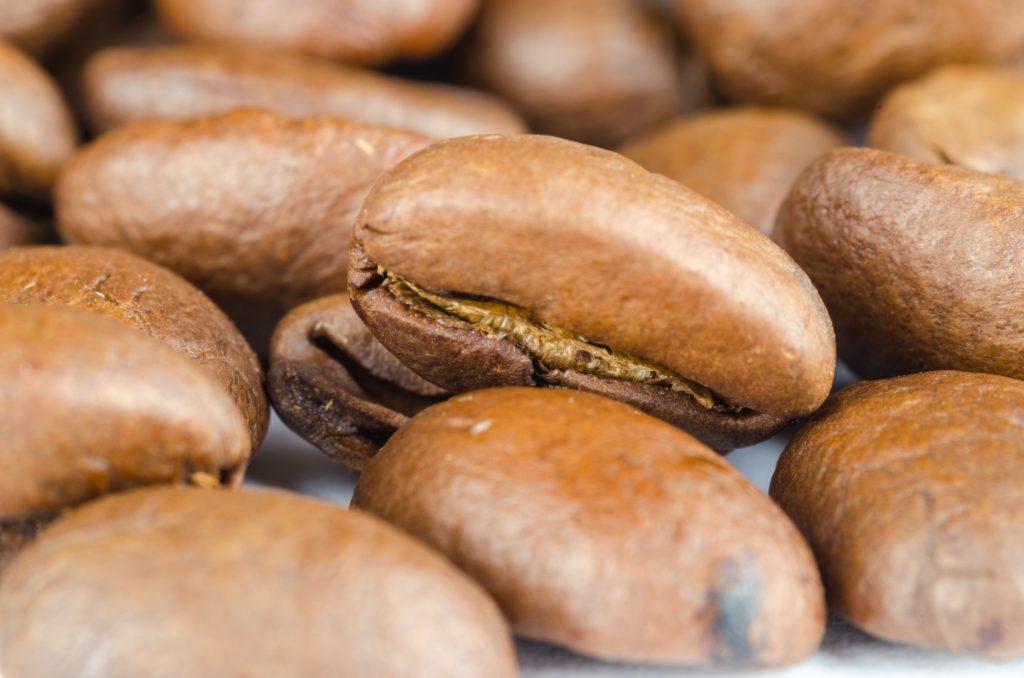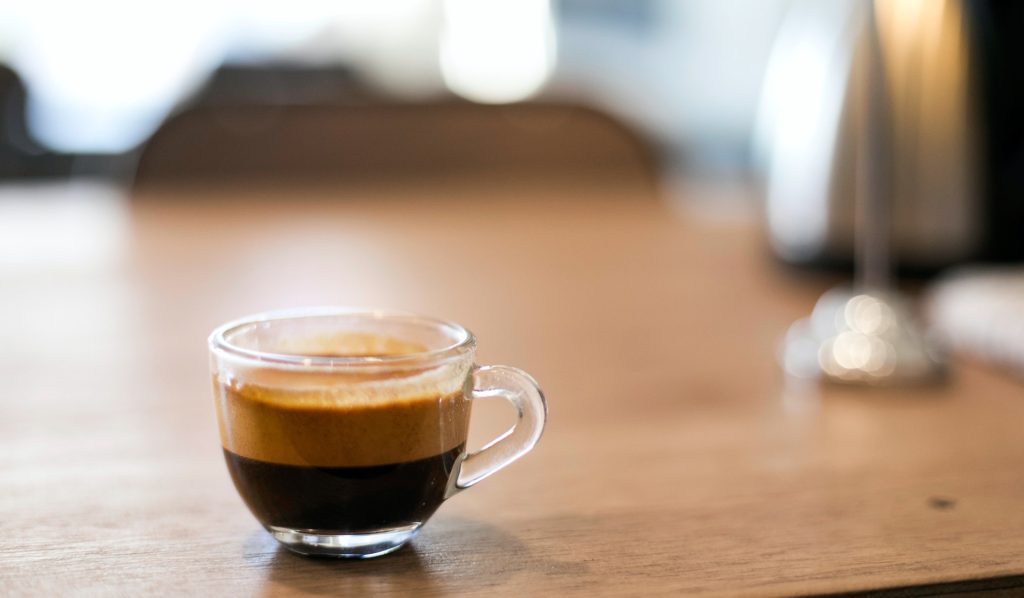As a coffee enthusiast, you likely already know that coffee can be roasted to various degrees and that light roast coffee will infuse your cup with different flavors and aromas, compare to dark roast. Each roasting level brings its own characteristics and flavors.
This post seeks to assist you in exploring the flavorful and rich world of light roast coffee beans.

What Light Roast Coffee Means
The process of turning green coffee beans into roasted ones is called coffee roasting. The color of the beans after roasting is the most straightforward way to distinguish between the different roasts.
The term “light roast coffee” describes a roasting method that results in light brown, matte-surfaced coffee beans. This type of roasting preserves the unique qualities of the coffee bean. In contrast to dark or medium roast coffees, the “roasty” flavor is delicate and reminiscent of toasted grain. Light roasts have a noticeable acidity, a gentle body, and a rainbow of flavors.
Light roast coffee is roasted for the shortest period of time. Right after the first crack, beans that have been lightly roasted often achieve an internal temperature of 350°F to 400°F. Because they weren’t roasted at a high enough temperature, these beans frequently lack oils.
Light roasts are particularly popular because they preserve the complex flavors of the land and soil in which they were grown. Lightly roasted coffee will also preserve more of its chlorogenic acids and caffeine, making it a “healthier” choice.

The Characteristics of Light Roast Coffee
Light roasts lack any traces of a dark (burnt or smoky) roast and are light brown in color with a dry surface and toasted grain flavor.
Compared to medium or dark roasts, which are often sweeter with more body and a more balanced aroma and acidity, light roast coffee tends to have a more robust acidity and present a more lively flavor.
If you are accustomed to drinking dark roast coffee, the robust, fruity, and floral flavor of a light roast may be really exciting!
This is a result of the milder roasting method’s success in preserving the original coffee bean tastes. You may anticipate light roasts to have a combination of sugary, vanilla, berries, and rose flavors and a delicate toasted grain flavor and sharp acidity.
The body of light roast coffee, or the way it feels on your palate, is generally velvety and light. Some mild roasts have a taste somewhat like tea. This is very different from This is not like traditional restaurants’ “mud,” which is thick with oil and very black as a result of utilizing dark, oily beans.
All of these characteristics sound exciting and tasty, but one of the disadvantages of light roast is that it’s a little more challenging to brew. You can learn how to brew in a way that brings out the taste potential of these beans by taking the time to understand how they differ from medium or dark roasts.
The Barista Tip
Light roast coffee produces better results compared to darker roasts when brewed as pour-over or cold brew.
